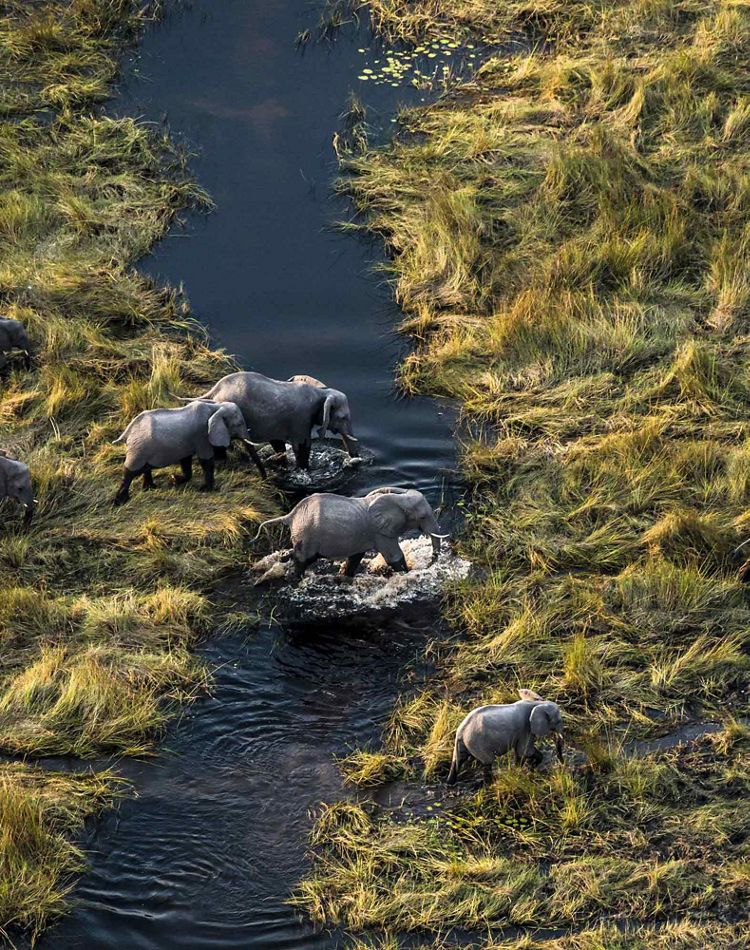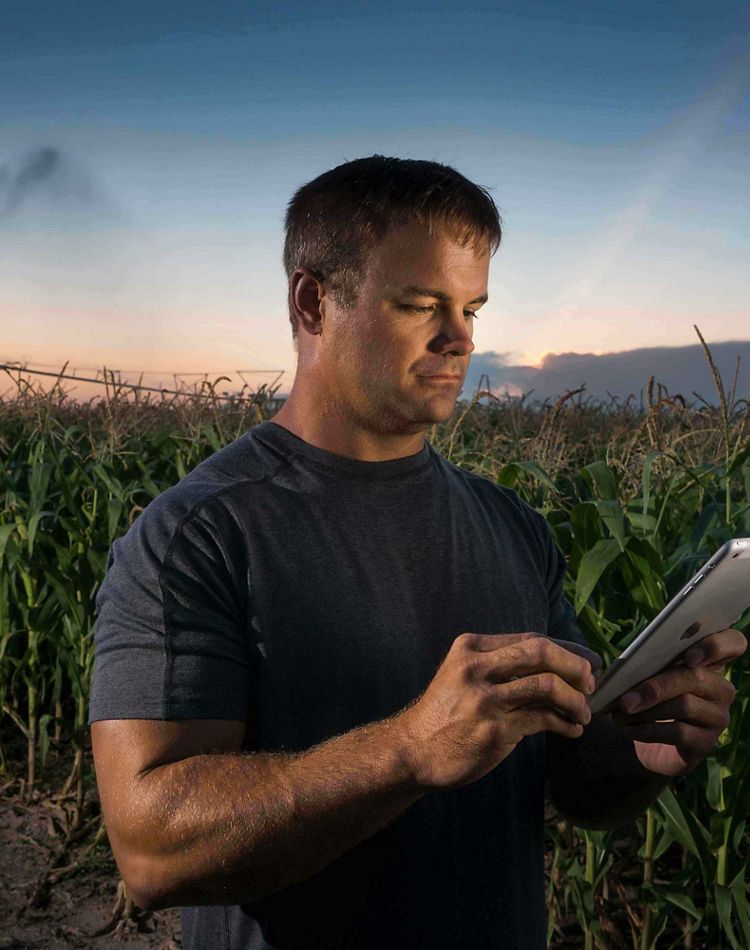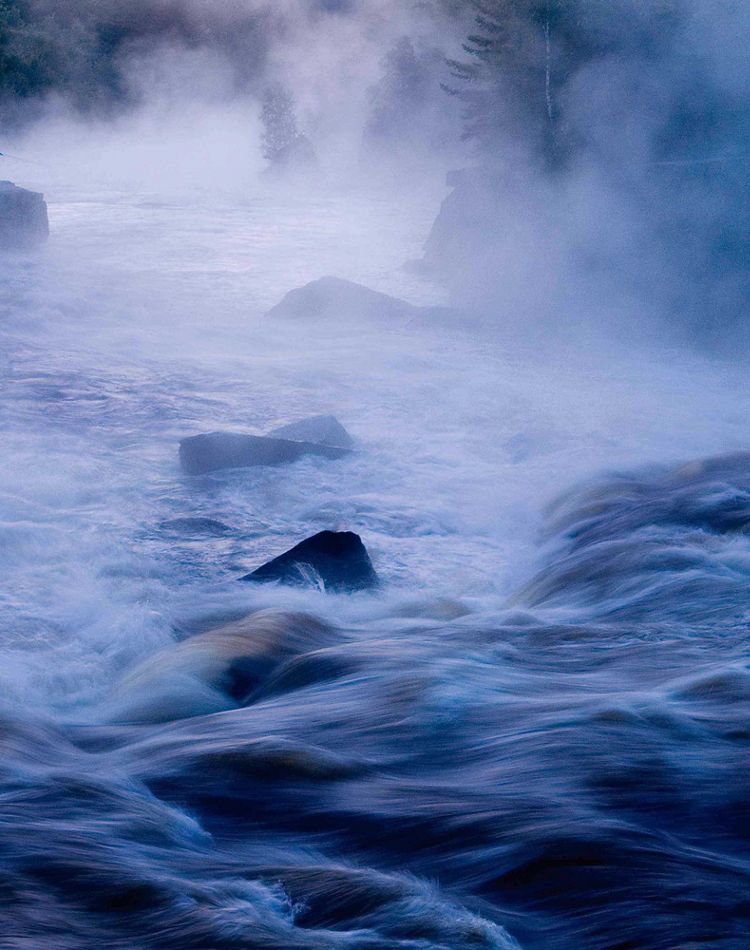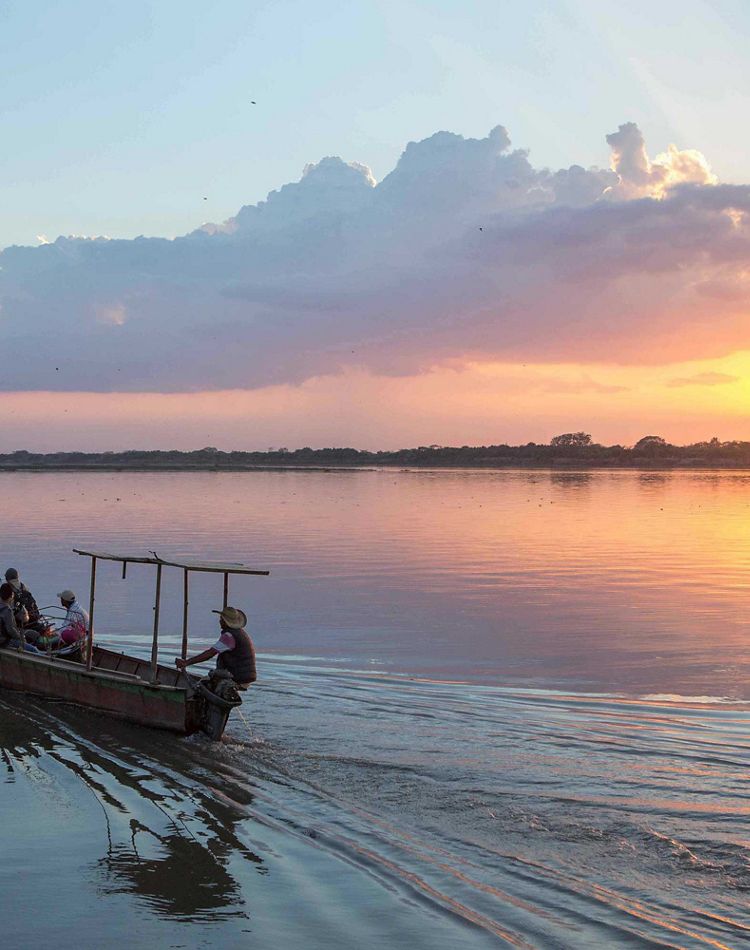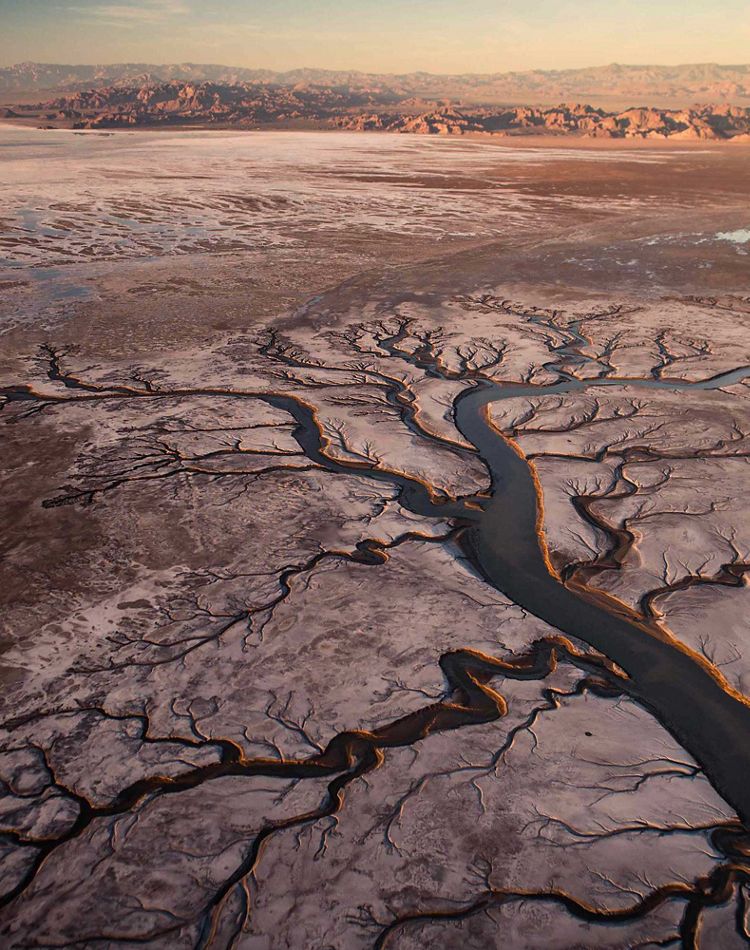A story worth telling.
H₂O, The Molecule That Made Us is a landmark, three-part series from PBS and WGBH that tells the human story through our relationship to water. Water has been at the heart of the human story since the very beginning, and now, we face a crisis of unprecedented proportions: we can no longer take water for granted.
The Nature Conservancy is partnering to broaden the impact of the science and solutions displayed in H₂O, The Molecule That Made Us. Here, you will find each episode of the show paired with TNC stories that tackle water challenges. We hope you'll be inspired to help rewrite the next chapter in our water story. After all, nature is incredibly resilient, if we give it a chance…
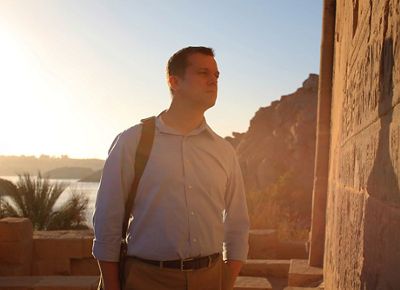
Why This Series Matters
Giulio Boccaletti got into nature through the powerful storytelling of documentaries. Series like this one can inspire hope through the endless solutions nature provides.
Watch episodes of PBS’s H₂O: The Molecule That Made Us
The three-part series explores just how important water is to our existence.
Episode 1: Pulse
Water is Earth’s bloodstream and life is the result.
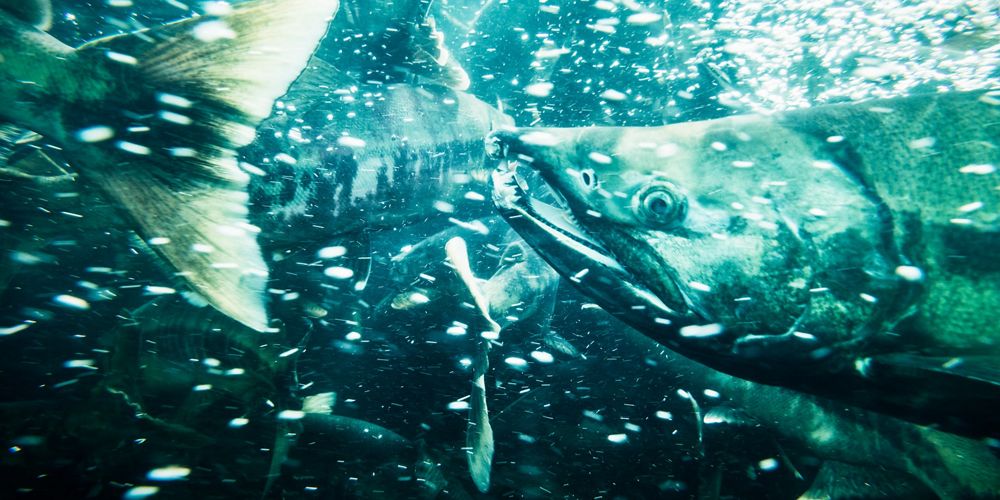
Water is everywhere. It is the lifeblood of nature. It is where we came from.
Episode 1: Pulse: Where did water come from? Why is it on Earth? How does it shape nature? How did it shape us? Water is the molecule that makes Earth unique. This episode explores some of these fundamental questions.
TNC works hard to protect spectacular water systems around the world, from the mighty Colorado River to the Okavango River in Africa to the Amazon. Explore our work in protecting the natural systems that sustain Earth’s pulse for all of us.
Our Stories and Solutions
See how TNC is protecting water:
Drops of Knowledge
-
260
gallons that a Brazil nut tree in the Amazon rainforest can transfer from the soil to the air in one day. The Amazon regulates its climate with this flying river.
-
32,000
years old of a seed that was successfully germinated after being found in ice in Siberia. The seed responded to liquid water to become the oldest regenerated plant.
-
73%
of your brain and heart are made up of water. Adults are roughly 60% water yet newborns are around 78% water. Water makes up much of our blood and even some of our bones.
-
0.006%
of the world’s freshwater flows through rivers. Only 3% of Earth's water is fresh and of that, 68% is locked up in ice and glaciers and 30% is underground.
Quote: Daniel Shemie
By protecting a water source, we not only improve the water security and resilience of our water supply systems, we also invest in a charismatic landscape that’s a natural habitat to endangered flora and fauna.
Episode 2: Civilizations
Water is the blueprint of human civilization.
.jpg?crop=0%2C333%2C4000%2C2000&wid=1000&hei=500&scl=4.0)
Water is power. It is the basis for civilization, for the economy, and for our own survival.
Episode 2: Civilizations: From the cradle of humanity to the great River Valley civilizations, our societies have evolved alongside water. This episode shows that our ability to harness water has enabled us to produce food, support cities and grow economies.
TNC works with farmers, city planners and energy producers to make sure that we create a society in which people and nature thrive together. From protecting watersheds to ensure cities have clean water, to helping protect rivers from unmitigated dam development, TNC works around the world to protect the nature we need.
Our Stories and Solutions
See how TNC is protecting water:
Drops of Knowledge
-
5 ft
high that the Nile seasonally flooded across its wide floodplain in ancient times. Ancient Egyptians depended on the floods for rich sediment that sustained their crops.
-
2/3
of rivers worldwide have lost their connection from their headwaters to the ocean. This is due to the hundreds of thousands of dams built across the world.
-
80
gallons it takes to produce one ounce of almonds. This is a product's "virtual water." One cup of milk takes 48 gallons. A quarter pound hamburger takes over 600 gallons.
Quote: H2O: The Molecule That Made Us
When you walk down the street you may see infrastructure and concrete, but really the foundation and the root of a city is nature.
Episode 3: Crisis
It urgently demands attention around the world, but it can be solved.
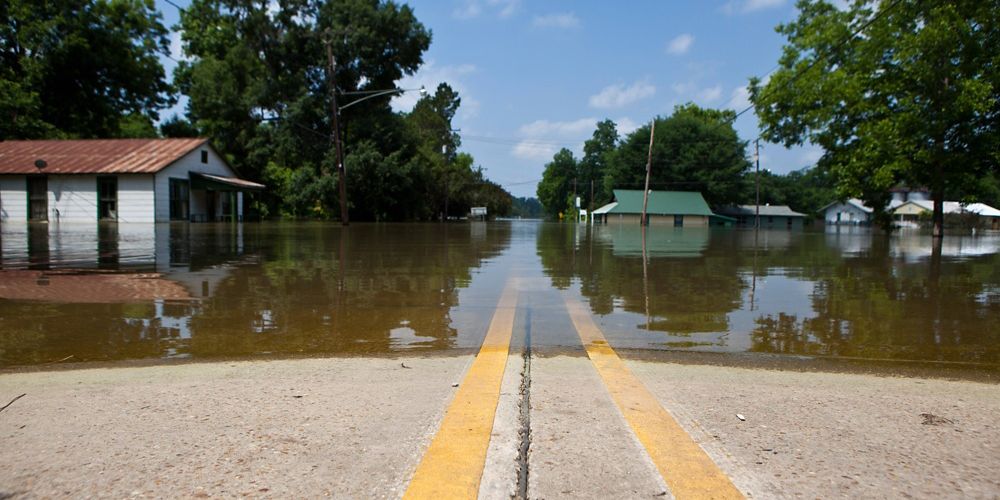
Only by reconciling our needs with those of nature will we succeed in sustaining the power of the water molecule.
Episode 3: Crisis: This episode explores the deep roots that connect water security with conflict around the world. Water is being “mined” from aquifers faster than it can be replaced. Increased economic inequality heightens the dangers of water scarcity around the world. And yet there is hope.
Explore how TNC is working with communities around the world to solve profound water security issues, from helping Cape Town avert ”Day Zero” to helping the western United States solve its water crisis.
Through Submerged Portraits, photographer Gideon Mendel reveals a Drowning World.
Episode 3: Civilizations will take you into Mendel’s world. In these portraits, floods are a leveling factor between some of the poorest and wealthiest communities on Earth.
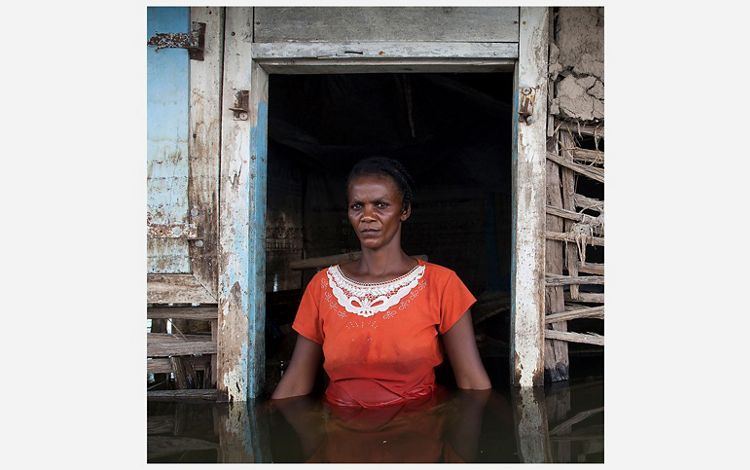
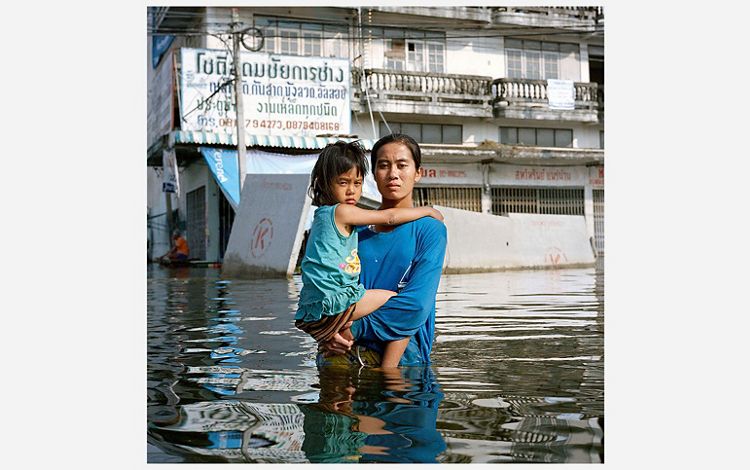
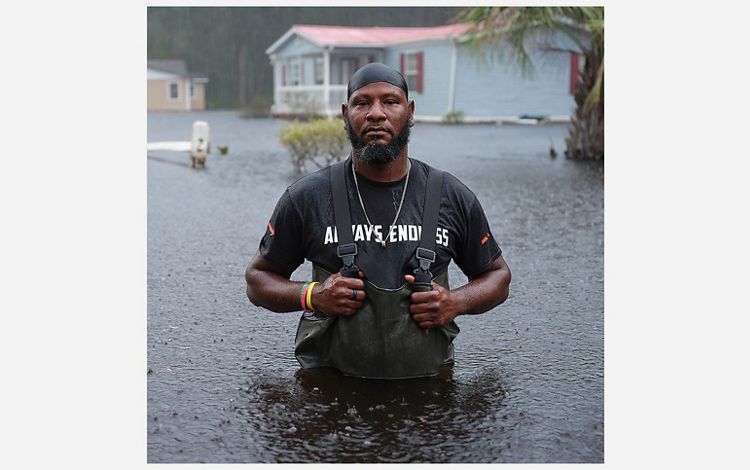

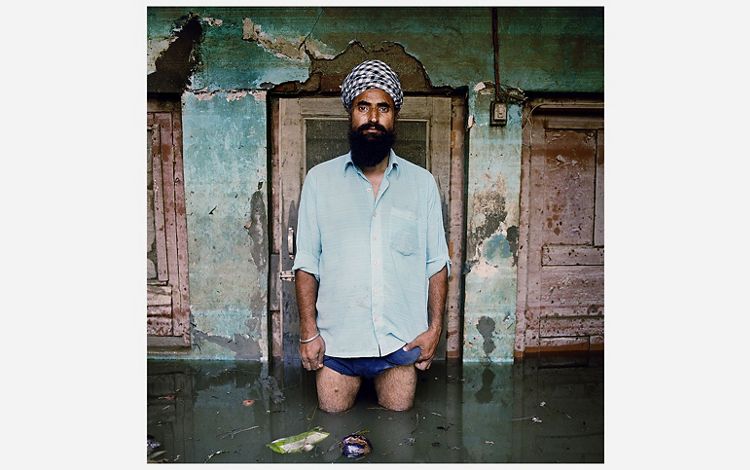
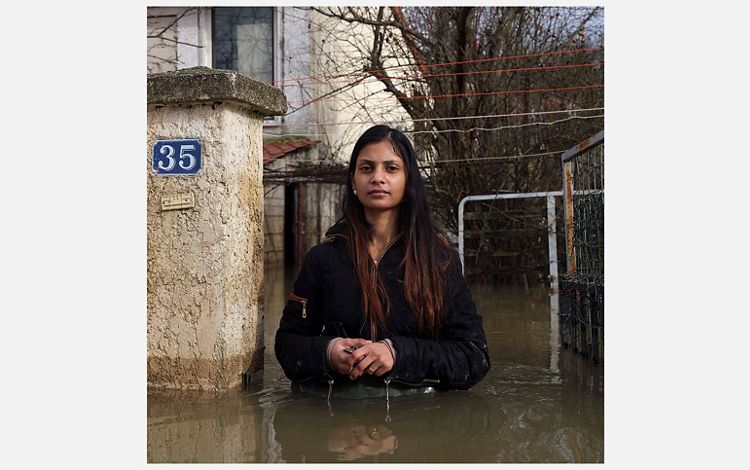
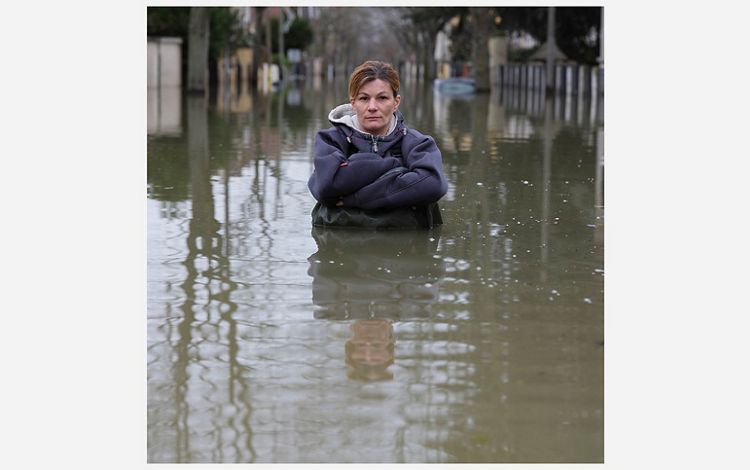
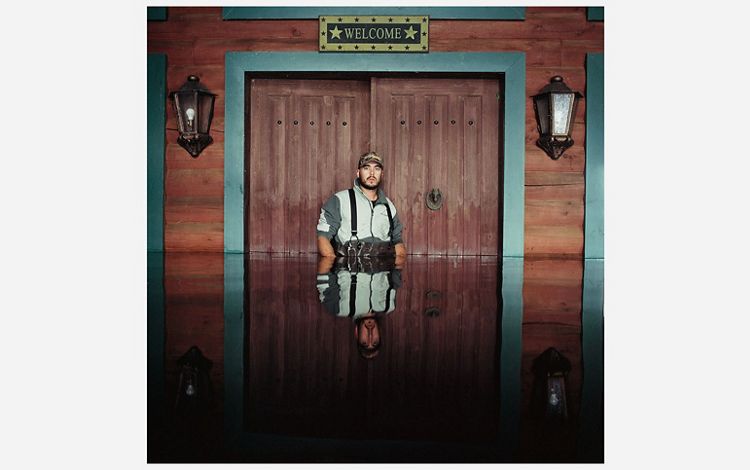


Our Stories and Solutions
See how TNC is protecting water:
Drops of Knowledge
-
97%
of water wells in the Gaza Strip are unfit for human consumption due to high salinity and pollution. The 2 million Gazans depend on a coastal aquifer that is overpumped.
-
40%
is how much demand for water will outstrip supply in just 10 years, according to Giulio Boccaletti. Water scarcity, he says, is humanity's greatest threat.
-
6,000
years it would take for Oglalla Aquifer in the central U.S. to naturally recover from the past 40-50 years of groundwater pumping for agricultural irrigation.
-
10%
increase in rain drops is found in big storms today versus big storms 25 years ago. As the planet warms, air can hold more water, leading to swings of drought and flood.
Quote: Giulio Boccaletti
Water security is the foundation of a functioning society and we all have to do our part to make sure that nature is there to provide it for us.
Resources for Students
Teachers, students and families can explore the world of water in their classrooms or living rooms through a host of instructional material, including videos, interactive and lesson plans tailored for different grade levels.




